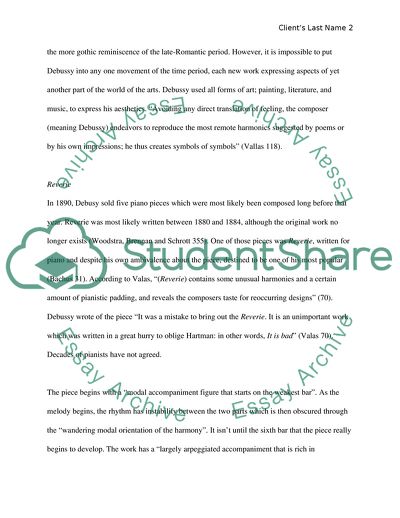Cite this document
(The Works of Claude Debussy Essay Example | Topics and Well Written Essays - 1500 words, n.d.)
The Works of Claude Debussy Essay Example | Topics and Well Written Essays - 1500 words. https://studentshare.org/music/1744779-music-performance-notes-for-recital
The Works of Claude Debussy Essay Example | Topics and Well Written Essays - 1500 words. https://studentshare.org/music/1744779-music-performance-notes-for-recital
(The Works of Claude Debussy Essay Example | Topics and Well Written Essays - 1500 Words)
The Works of Claude Debussy Essay Example | Topics and Well Written Essays - 1500 Words. https://studentshare.org/music/1744779-music-performance-notes-for-recital.
The Works of Claude Debussy Essay Example | Topics and Well Written Essays - 1500 Words. https://studentshare.org/music/1744779-music-performance-notes-for-recital.
“The Works of Claude Debussy Essay Example | Topics and Well Written Essays - 1500 Words”. https://studentshare.org/music/1744779-music-performance-notes-for-recital.


